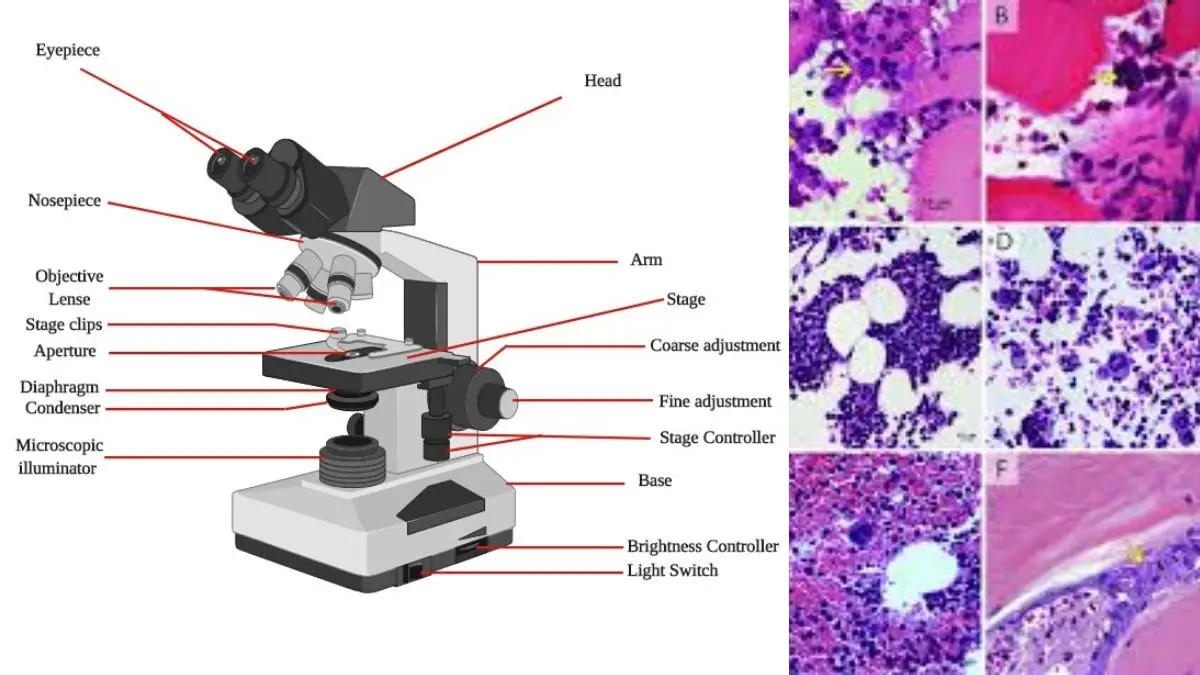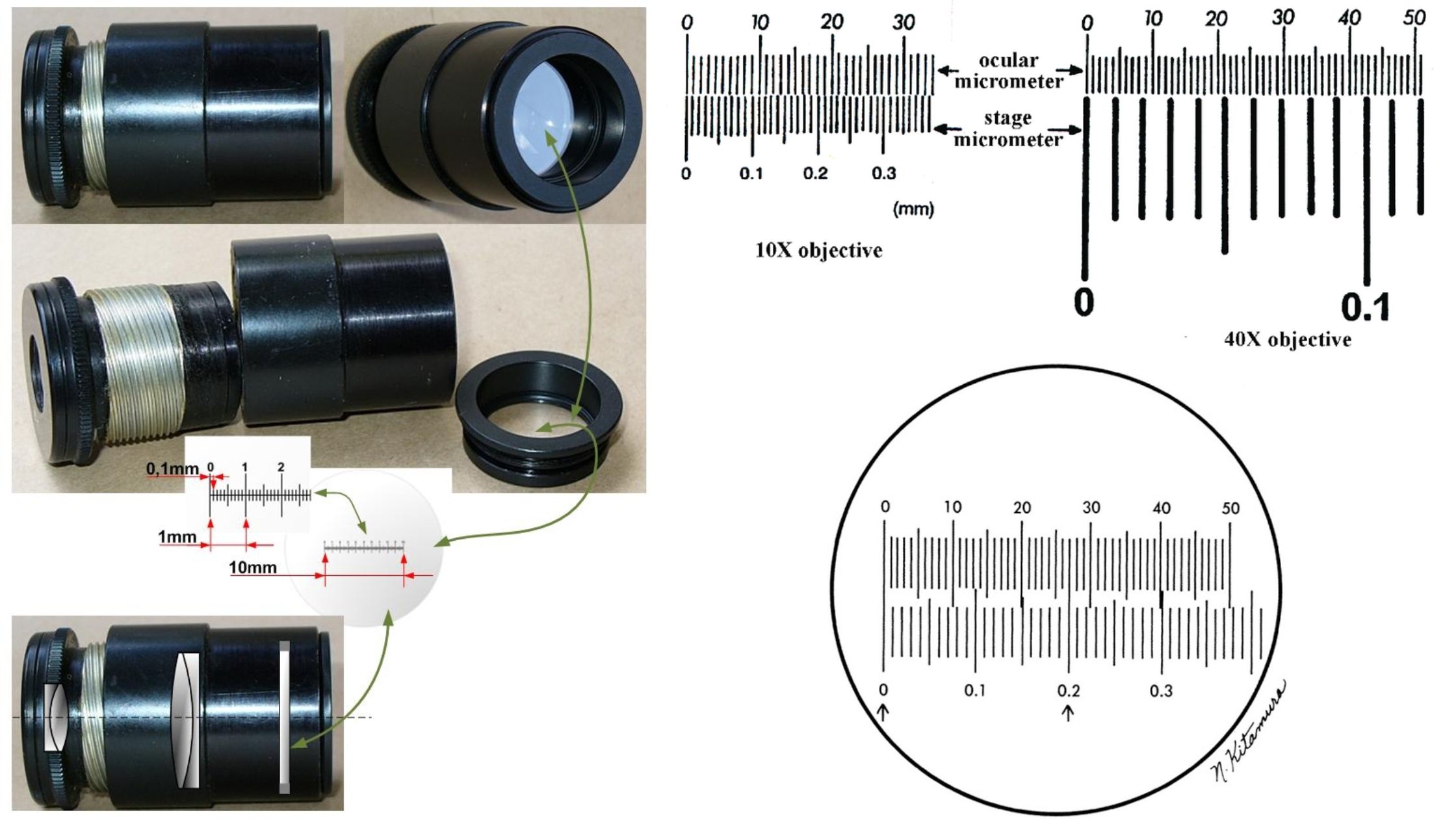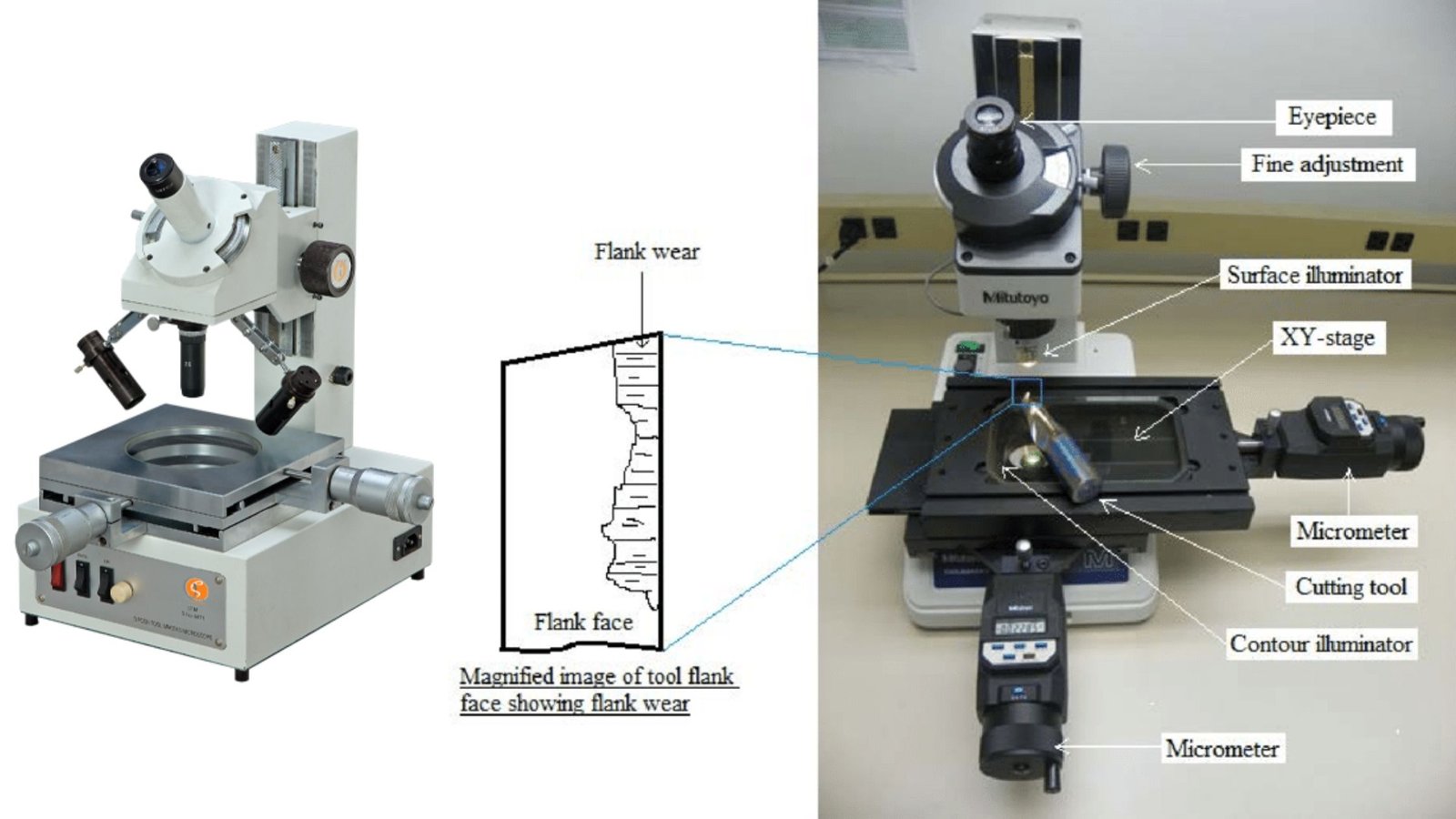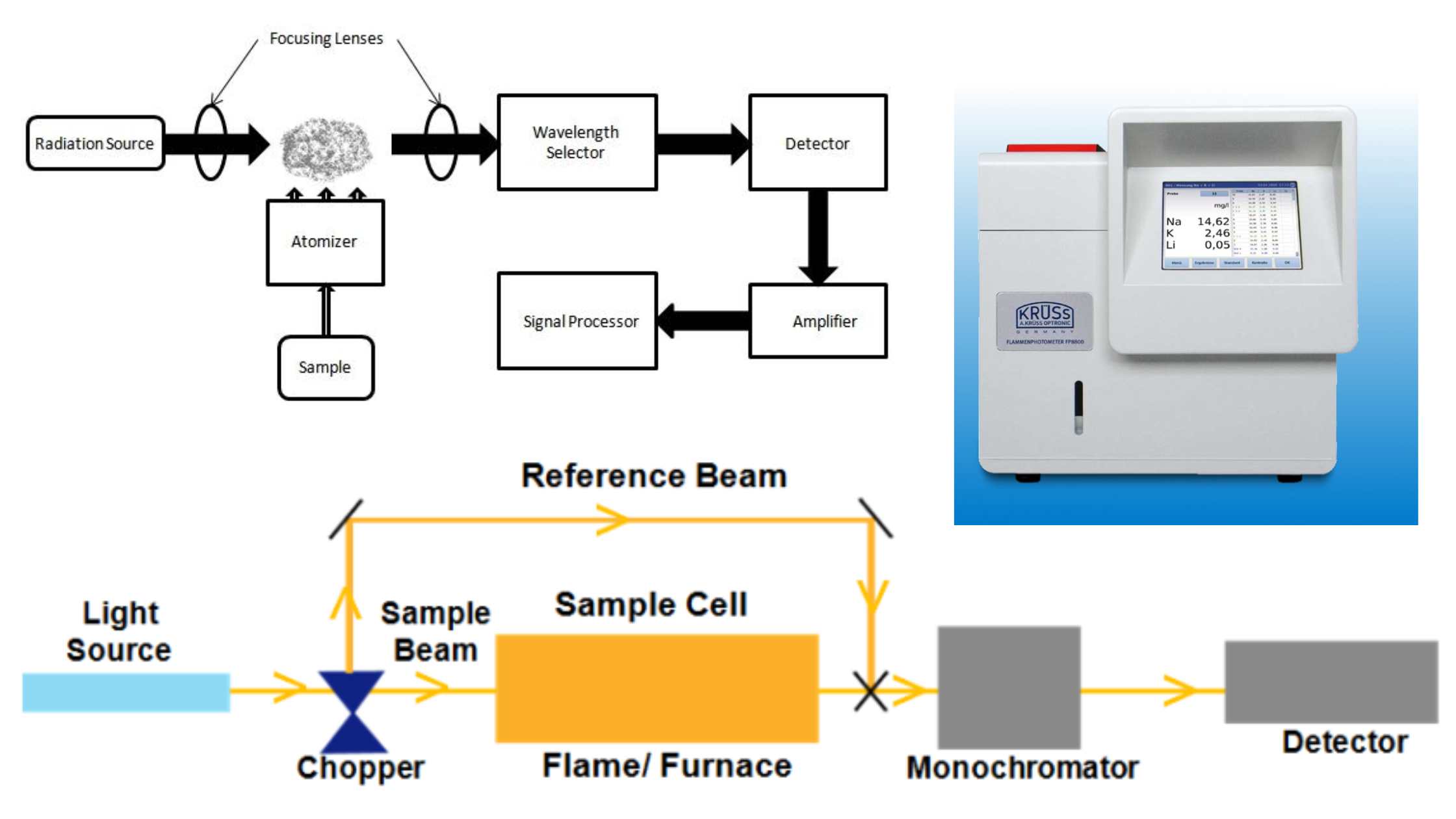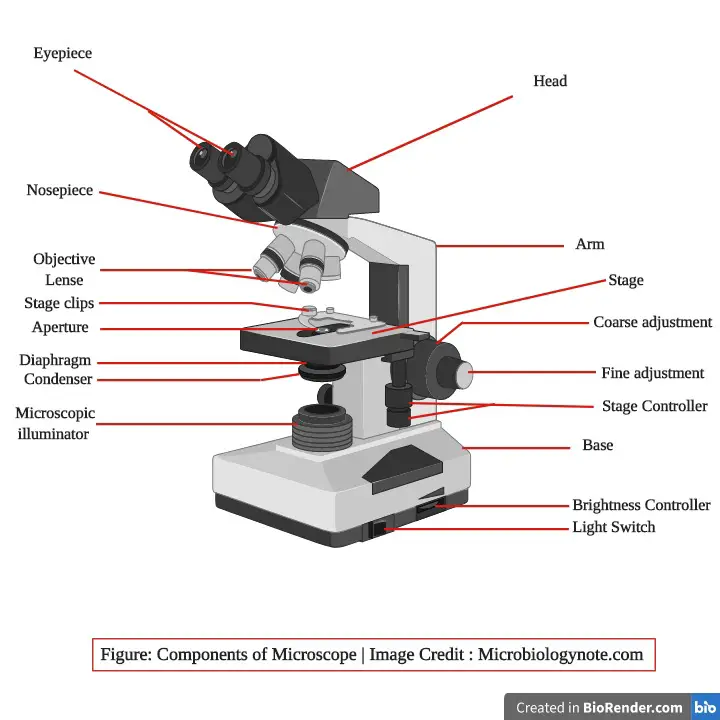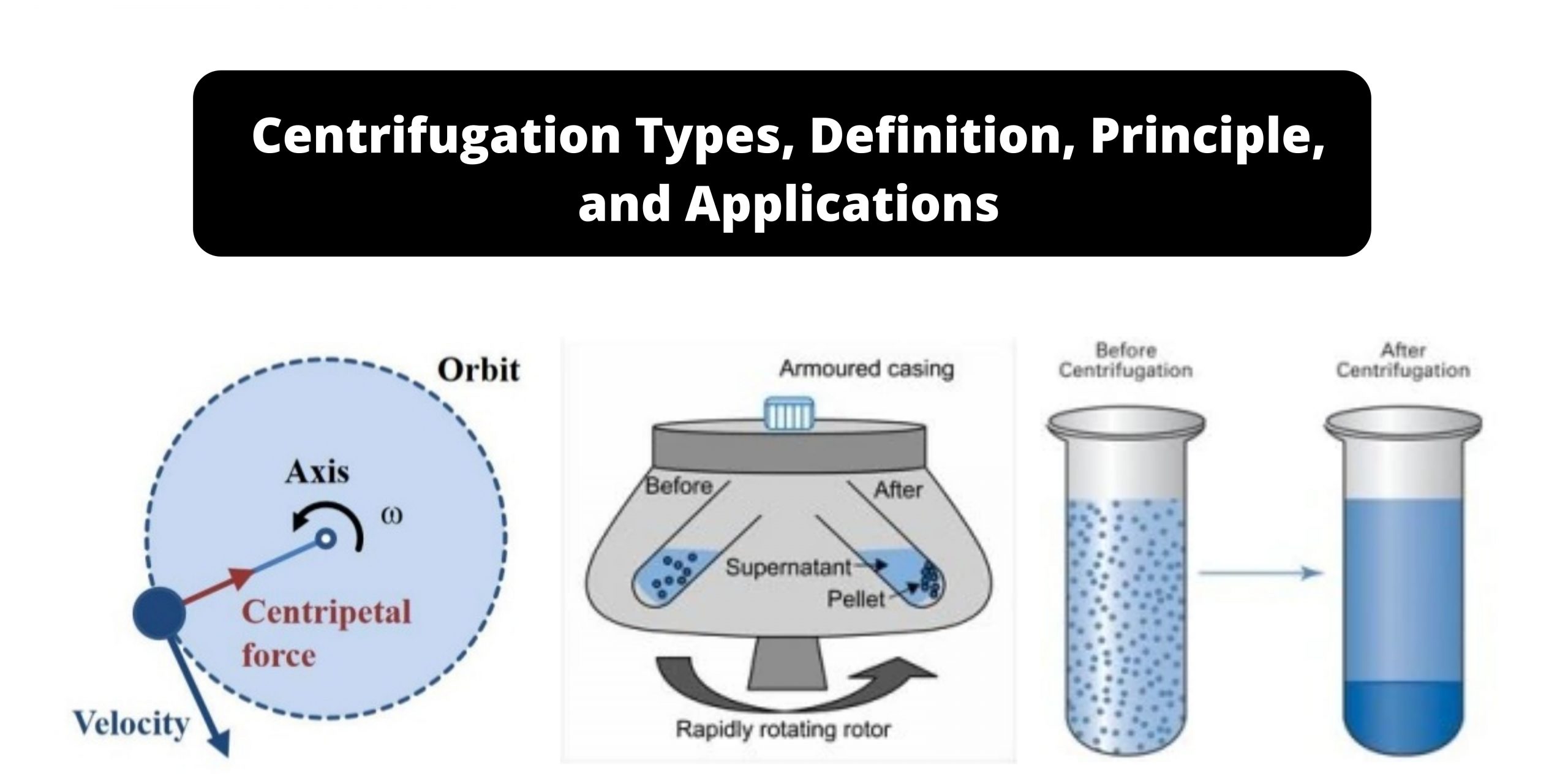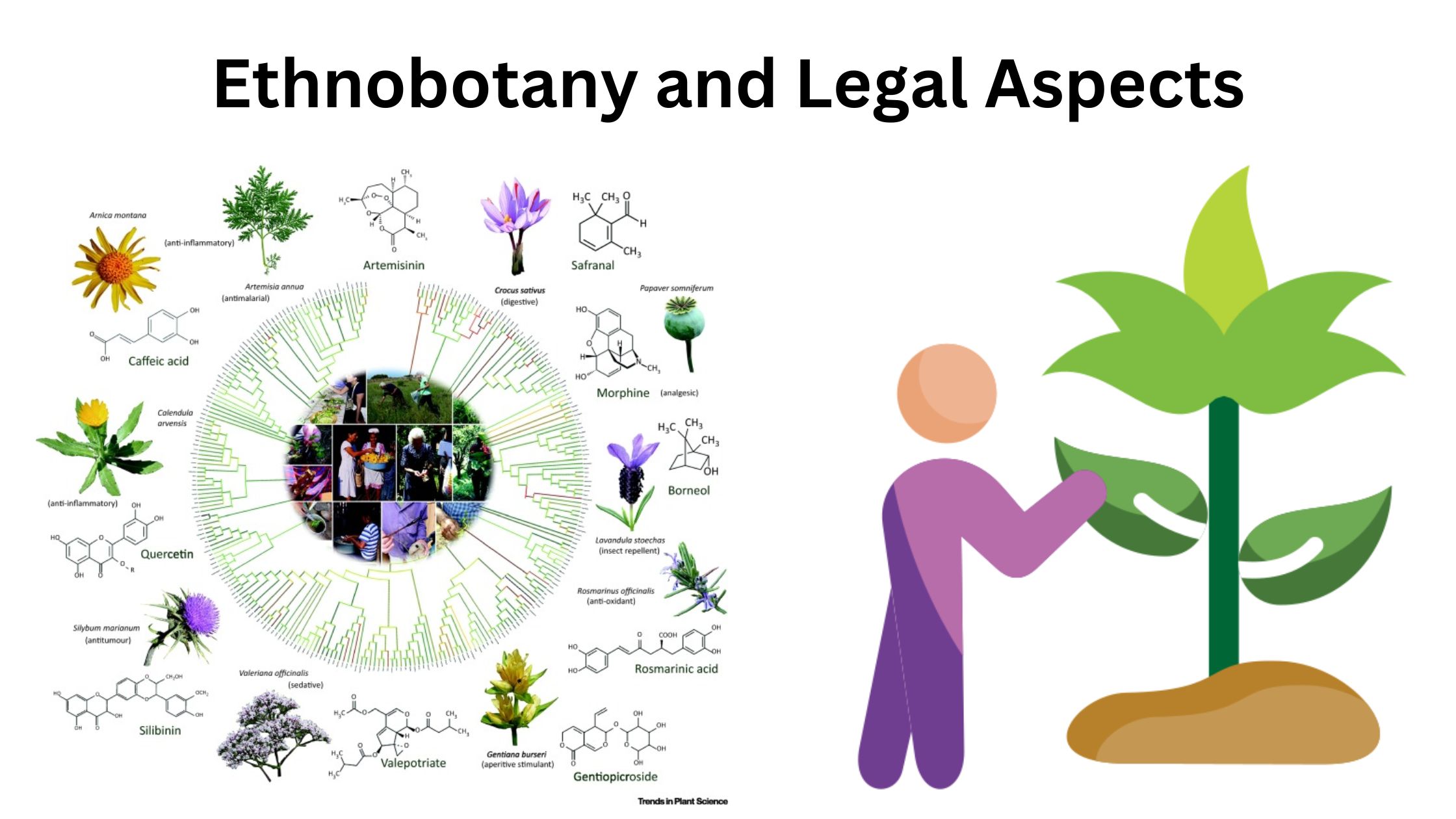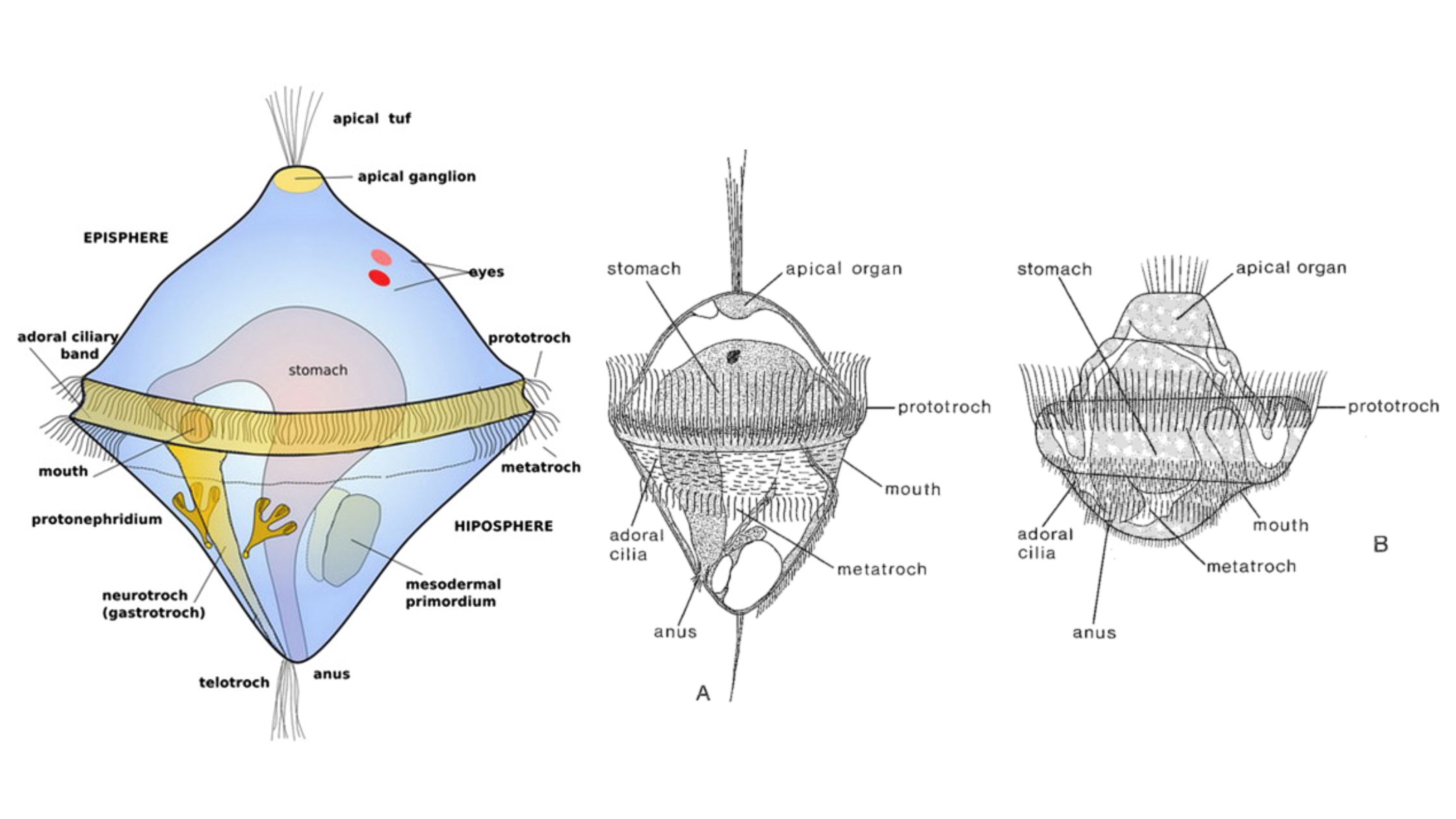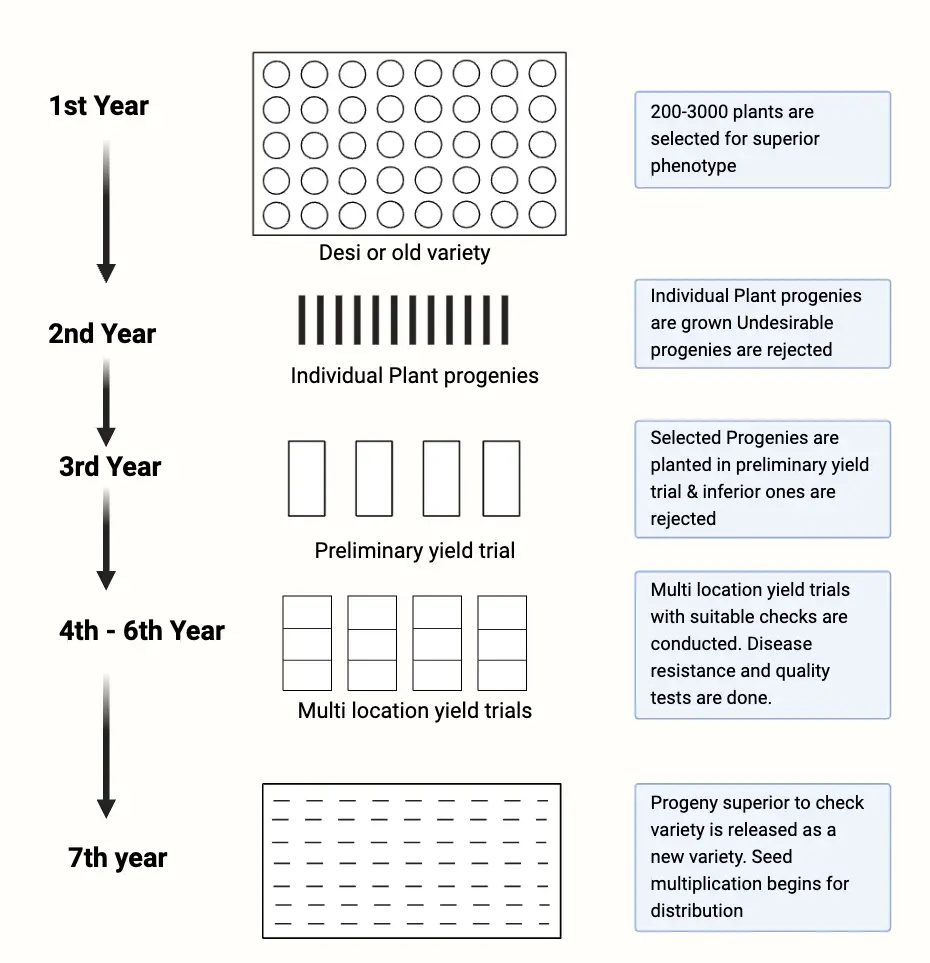Bright Field Microscope – Definition, Parts, Working Principle, Application
What is Bright Field Microscope? Bright field microscope is an optical microscope that produce a dark image of the specimen against a bright background, and it is the most common compound light microscope used in biological laboratories. It is the system where the specimen is illuminated from below by a uniform beam of light, and … Read more
